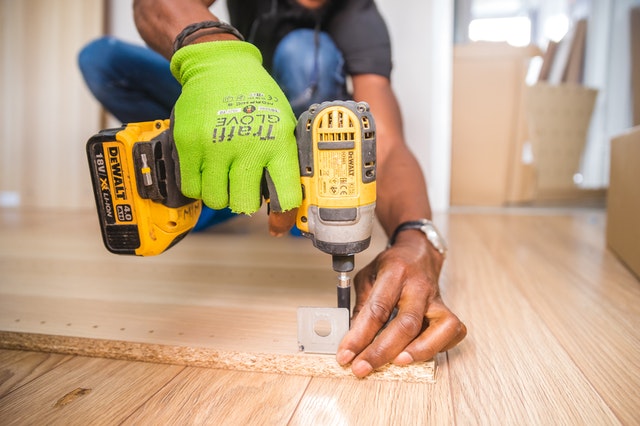Quick and Simple Home Improvements: Transform Your Space with Ease
 When it comes to home improvements, you might envision lengthy renovation projects or a significant investment of time and money. Not all home improvements have to be big projects. There are many quick and simple changes you can make to transform your space without breaking the bank or disrupting your daily routine.
When it comes to home improvements, you might envision lengthy renovation projects or a significant investment of time and money. Not all home improvements have to be big projects. There are many quick and simple changes you can make to transform your space without breaking the bank or disrupting your daily routine.
Fresh Coat of Paint:
One of the most effective and budget-friendly ways to revitalize any room is by applying a fresh coat of paint. A new color scheme can completely transform the ambiance, making it brighter, cozier, or more sophisticated. Choose colors that align with your desired mood and consider using accent walls to create focal points. Painting is a relatively simple DIY task that can be accomplished in a weekend, and the impact it has on your home is significant.
Upgrade Lighting:
Lighting plays a crucial role in the atmosphere and functionality of your home. Swap out outdated light fixtures with modern alternatives to instantly update the look and feel of a room. Additionally, consider installing dimmer switches to adjust the lighting intensity and create a more versatile environment. For a quick fix, change your light bulbs to energy-efficient options or opt for warmer or cooler tones to suit your preference.
Declutter and Organize:
A cluttered and disorganized space can make your home feel chaotic and stressful. Dedicate some time to decluttering and organizing each room, creating a more streamlined and serene environment. Get rid of items you no longer need, organize your belongings into designated storage solutions.
Enhance Curb Appeal:
The exterior of your home makes the first impression, so enhancing its curb appeal is a quick way to boost your property’s overall appeal. Trim overgrown bushes, mow the lawn, plant colorful flowers, and add welcoming elements such as a new doormat or house numbers.
Replace Hardware and Fixtures:
Often overlooked, updating hardware and fixtures can significantly elevate the look of your home. Swap outdated doorknobs, cabinet handles, and faucets, with more contemporary options to instantly modernize your space.
Add Mirrors:
Mirrors are a versatile and effective tool for making any room feel larger and brighter. Place mirrors strategically to reflect natural light, create an illusion of more space, and enhance the overall aesthetics of the room.
Transforming your home doesn’t always have to involve elaborate projects or substantial investments. By implementing these quick and simple home improvement ideas, you can achieve remarkable results with minimal effort. So, roll up your sleeves, gather your tools, and get ready to give your space the upgrade it deserves.
 In recent years, multi-generational living arrangements have seen a resurgence as families rediscover the advantages of sharing a home with multiple generations. While the traditional nuclear family model has its merits, living in a multi-generational home offers a host of benefits that can enhance familial bonds, provide support systems, and create a harmonious living environment for everyone involved.
In recent years, multi-generational living arrangements have seen a resurgence as families rediscover the advantages of sharing a home with multiple generations. While the traditional nuclear family model has its merits, living in a multi-generational home offers a host of benefits that can enhance familial bonds, provide support systems, and create a harmonious living environment for everyone involved.